
Project 2 Heal
Earlier this month, our rescue puppies from the Humane Society of Union County took the Volhard Puppy Aptitude Test! This is an evaluation utilized to gauge a puppy’s temperament and aptitude. The Volhard, developed by Jack and Wendy Volhard, is one of the oldest tests used to gauge puppy aptitudes. According to Project 2 Heal founder Charlie Petrizzo, "The Volhard is the first test used to gauge puppy aptitude at an early age. Other tests exist, but the Volhard is without a doubt the gold standard."
Project 2 Heal conducts the Volhard on Day 49 of a puppy's life. The test helps us see how a puppy will react to different circumstances, like sudden noises or being made slightly uncomfortable.
At Project 2 Heal, our Labrador Retriever puppies typically score quite well on this test. This makes sense, as our puppies are bred for a calm, confident temperament. One-third of what a puppy will become as an adult dog is traced back to its genetic lineage. Two-thirds of what a puppy will become as an adult dog are determined by the nurturing, training, and socialization experienced during the first 12-16 weeks of its life. (This is considered a puppy’s Critical Phase.)
Understanding the Importance of Our Process.
Consider for a moment the weight of this last statistic—two-thirds of what a puppy will become as an adult dog is determined during this Critical Phase. Our puppies shine in service dog training because of the nurturing and socialization we conduct during this period.
(We've heard this from the many partners we've donated our puppies to over the years.) Alternatively, when organizations attempt to train dogs taken from shelters to become service dogs, not only is there rarely information known about the dog’s genetic lineage (which accounts for one-third), there is almost certainly nothing known about the nurturing, training, and socialization undergone during its Critical Phase—if any occurred at all.
Recent research studies continue to indicate that well over 80% of dogs taken from shelters and rescues placed in service dog training fail, meaning it is imperative that an organization like Project 2 Heal stands ready to serve the majority of service dog organizations in the country that do not have a breeding program. Project 2 Heal is the only organization in the country serving the industry in this way.
Each of our puppies are purpose-bred, meaning we’ve extensively tested mother and father dogs for any genetic diseases, as well as evaluated all breeding partners for suitable temperament and physiology. Furthermore, our puppies spend the entirety of their Critical Phase benefiting from scientifically proven development methods utilized by the U.S. Army Super Dog program.
Breaking Down the Volhard Test.
The Volhard Test consists of 10 individual tasks intended to formally evaluate a puppy’s reaction to various stimuli or situations. A puppy’s reaction or behavior is rated from 1-6, with higher scores indicating a more favorable response.
Each puppy undergoes the Volhard Test only once, on Day 49 of our program. Occasionally, one of our Labrador Retrievers underperforms expectations on the Volhard. (Although, this is a rare occurrence.) In this event, the puppy is then “re-careered,” and considered for training as a skilled companion or facility dog.
The Volhard evaluates the responses of puppies in the following areas:
-
Social Attraction: Degree of social attraction to people. (Calling a puppy with gentle clapping to come to a location across the room.)
-
Following: Degree to which a puppy will follow a person. (Slowly walking away from a puppy to see if they follow or exhibit indications of independence.
-
Restraint: Degree of dominance or submissive tendency. (Gently rolling puppy onto its back and holding for 30 seconds.)
-
Social Dominance: Degree of acceptance when a human is in position of social dominance. (Allow puppy to stand or sit comfortably and begin petting the puppy. Licking is an indication of a forgiving nature, while jumping or biting indicates independent tendencies.)
-
Elevation: Degree of acceptance when not in control of physical setting. (Puppy is picked up by volunteer.)
-
Retrieving: Degree of willingness to complete a command for a person.
-
Touch Sensitivity: Degree of sensitivity to touch, indicating different training equipment that may be required. (For our test, we gently squeeze a puppy between the toes.)
-
Sound Sensitivity: Degree of sensitivity to loud, sudden noises. (In our test, we drop a metal bowl on the floor.)
-
Sight Sensitivity: Degree of response to a moving object, like cars, squirrels, or bicycles. (In our case, we move a towel around in front of the puppy.)
-
Stability: Degree of startle response to an unfamiliar object.
...and the Rescue Puppies' Results Are In!
We’re pleased to report that after going through our Early Neurological Stimulation, Puppy Prodigy, and early stages of operant condition using positive reinforcement, these puppies will be highly adoptable. As a matter of fact, one of the rescue puppies is already adopted by a major supporter of rescue organizations. Upon seeing her puppy, she remarked,
"This is going to be the best trained rescue puppy we've ever had!
Considering the importance of pedigree, it isn't surprising that they didn’t outperform the typical results of our Labradors. We certainly feel they will be very adoptable when the time comes, however.
(One category our rescue puppies certainly performed well in was cuteness!)

While our Labradors typically score between 4-6 on each of these tasks, our rescue puppies struggled in a few areas. None of the puppies enjoyed the restraint task for instance, in which they’re gentled rolled onto their back and held for 30 seconds. Each time, we ended the task before even 10 seconds had passed. (For reference, our labs do so well with this task sometimes they even fall asleep!)
When it came to sound sensitivity, the rescue puppies again didn’t score very high. While our labs will often walk toward and investigate the sudden sound, the rescue puppies either seemed uninterested or even ran away.
In terms of sight sensitivity (an aptitude measured by jerking a towel across the ground in front of a puppy), only two rescue puppies interacted with the towel. Since this task evaluates the degree of intelligent response to an unfamiliar object, it’s important that a future service dog indicate curiosity by interacting with the new object. (Our labs typically run and bite the towel.)

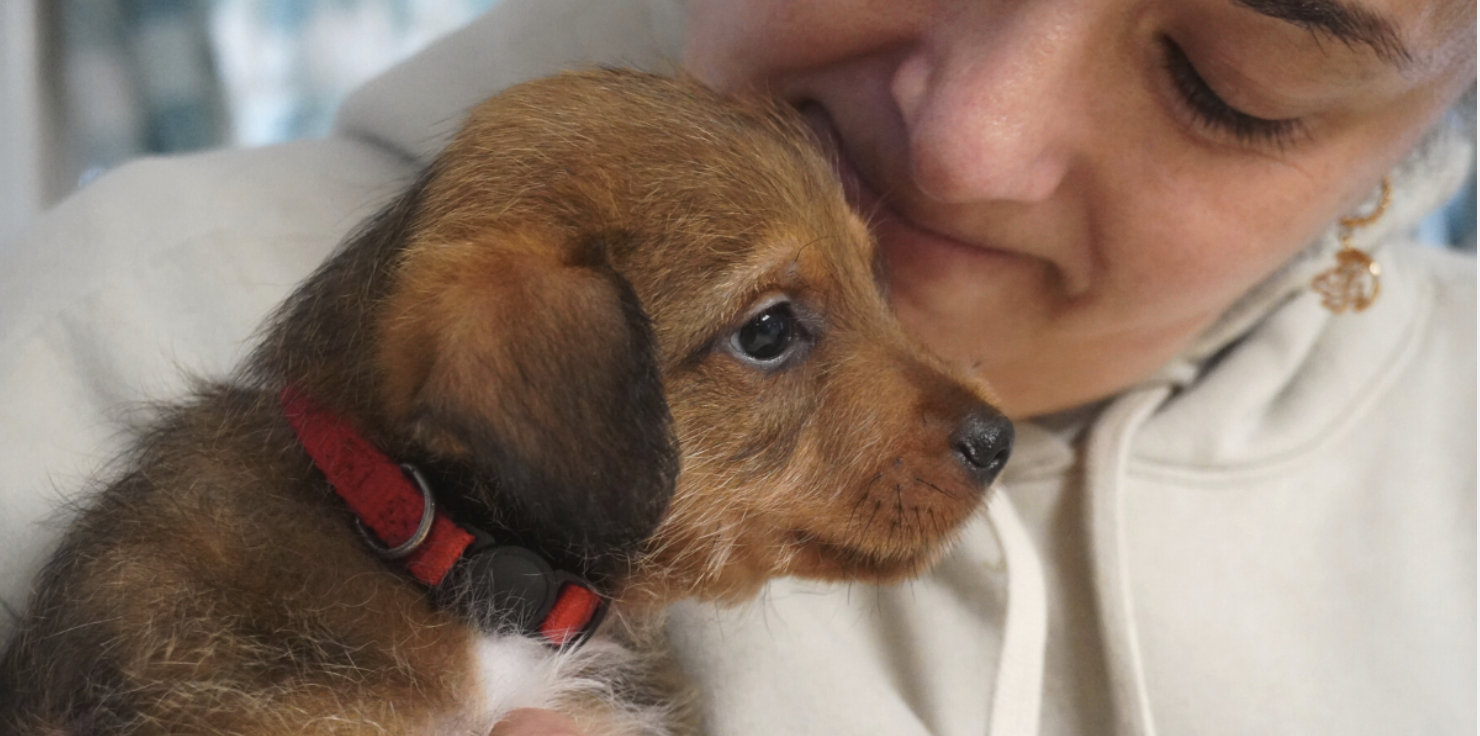
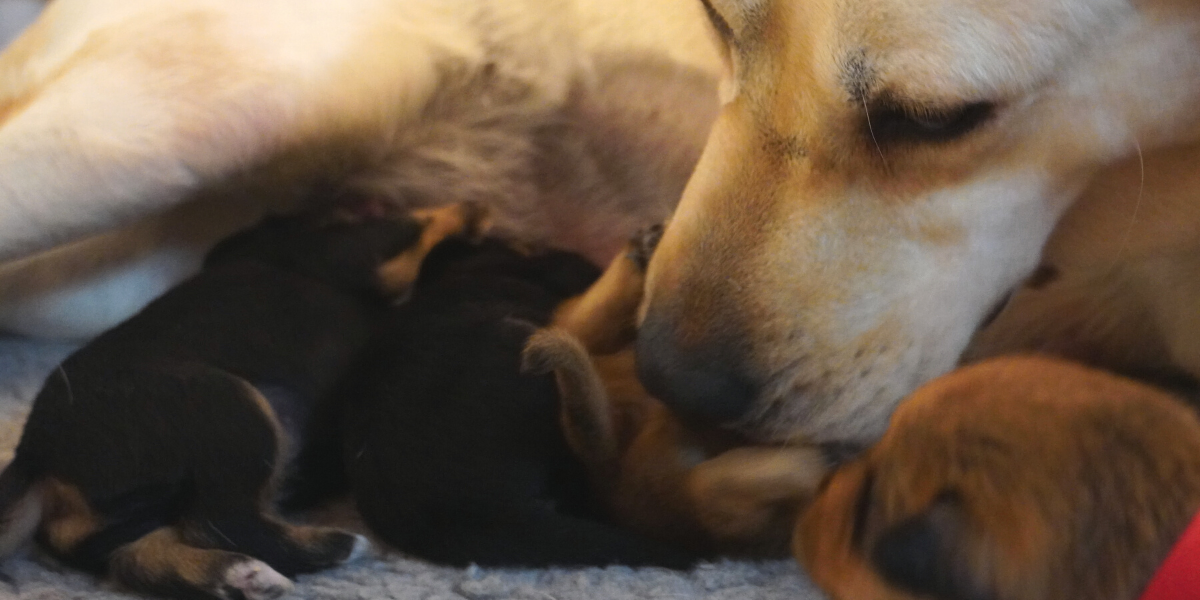
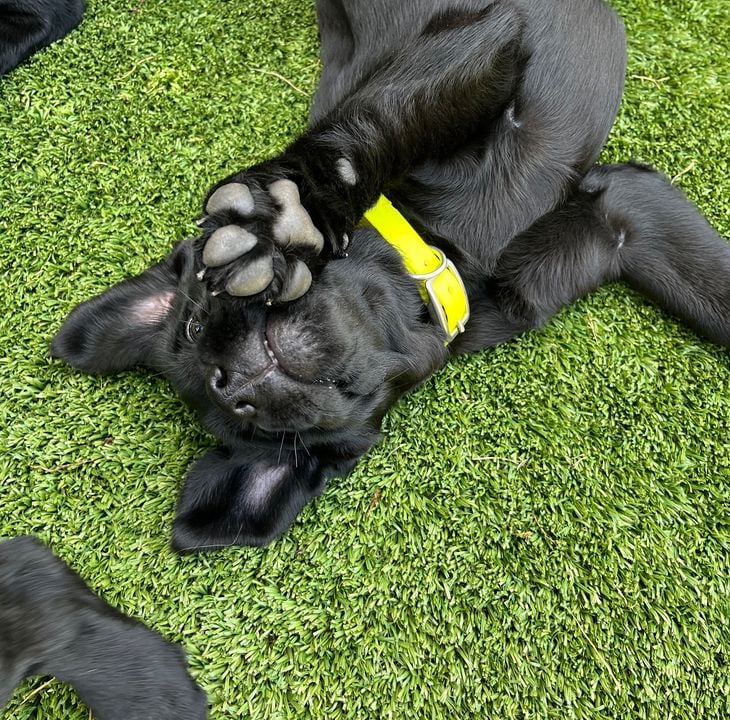
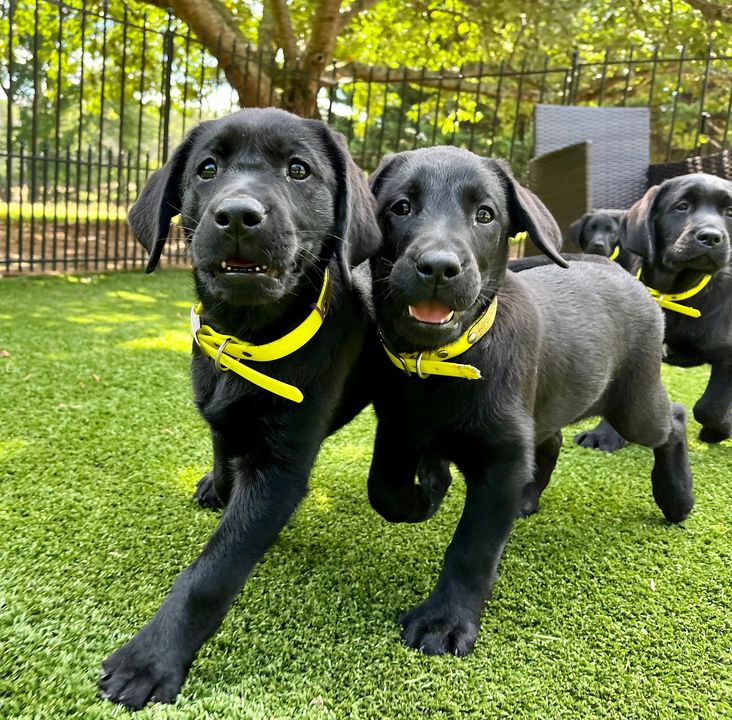
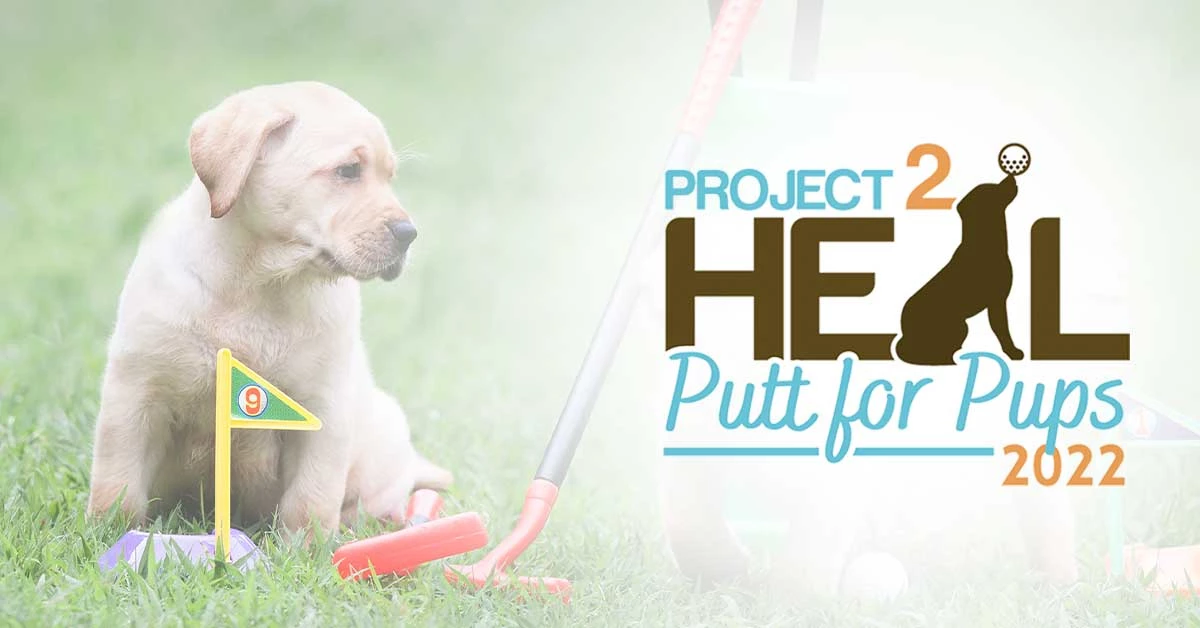
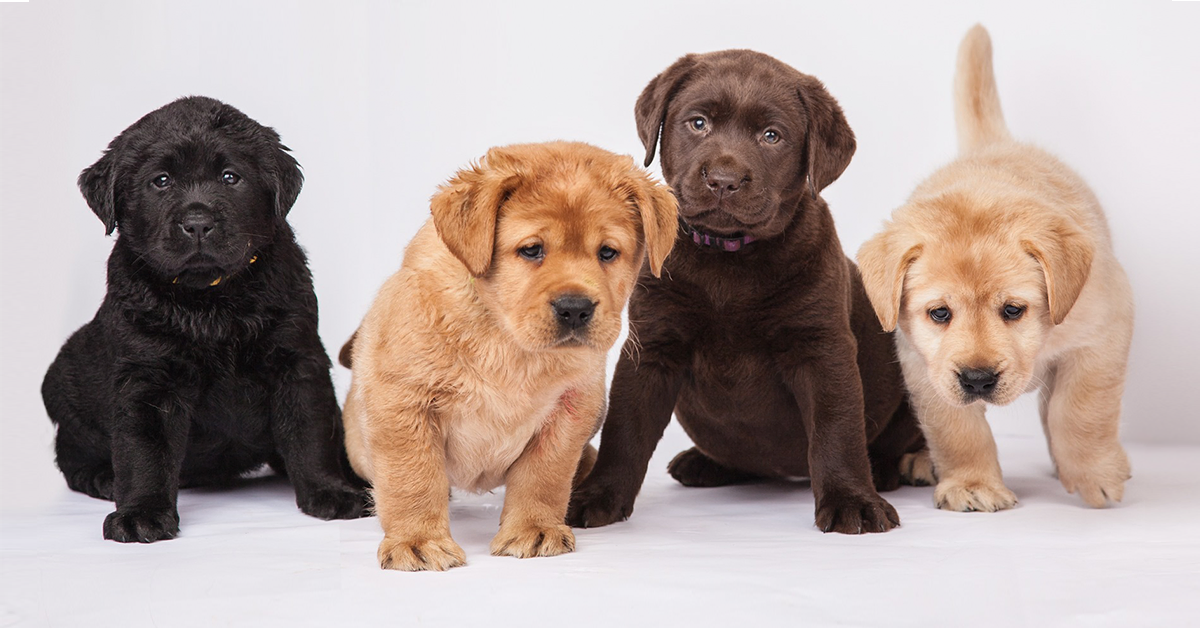
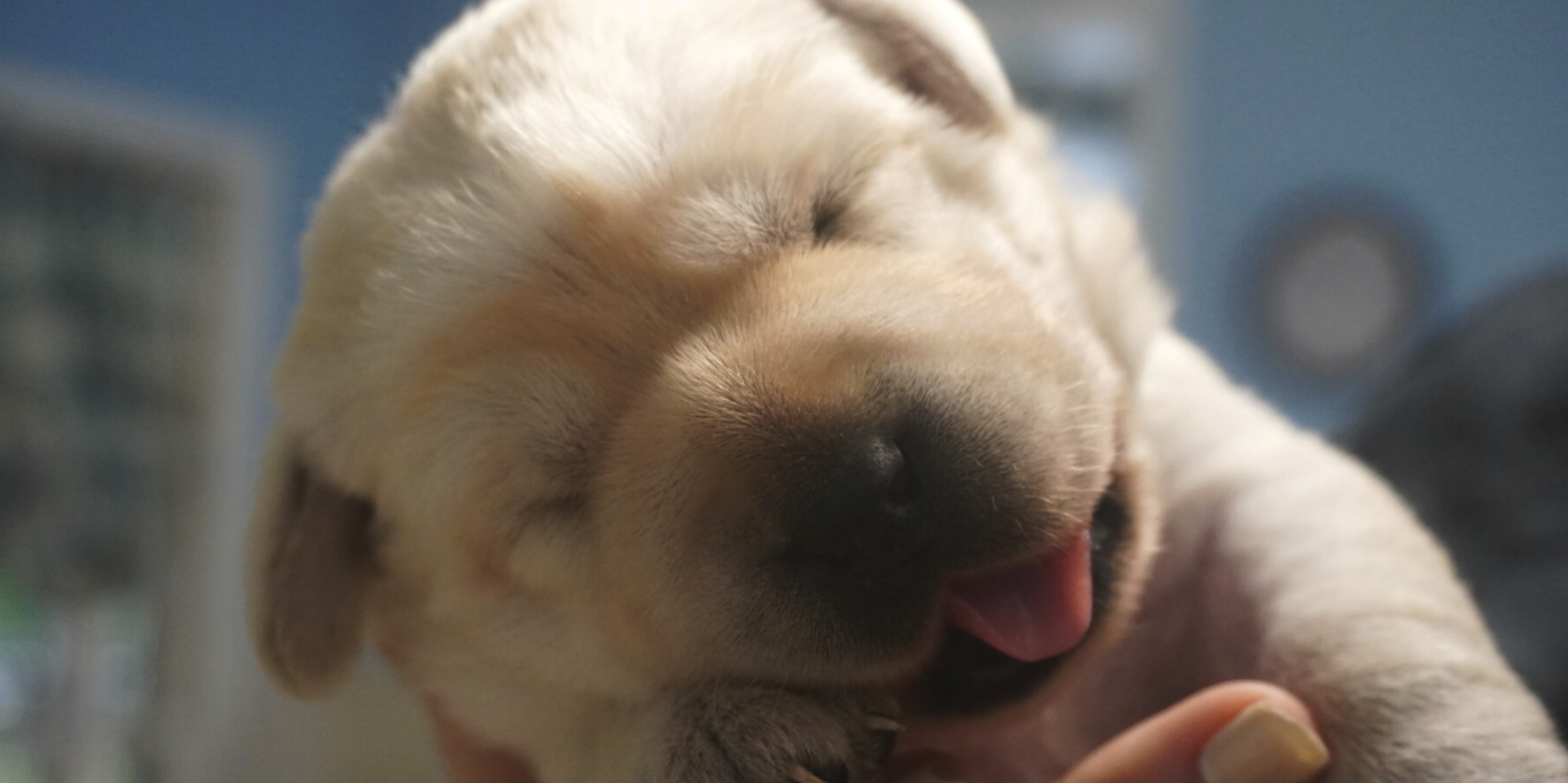
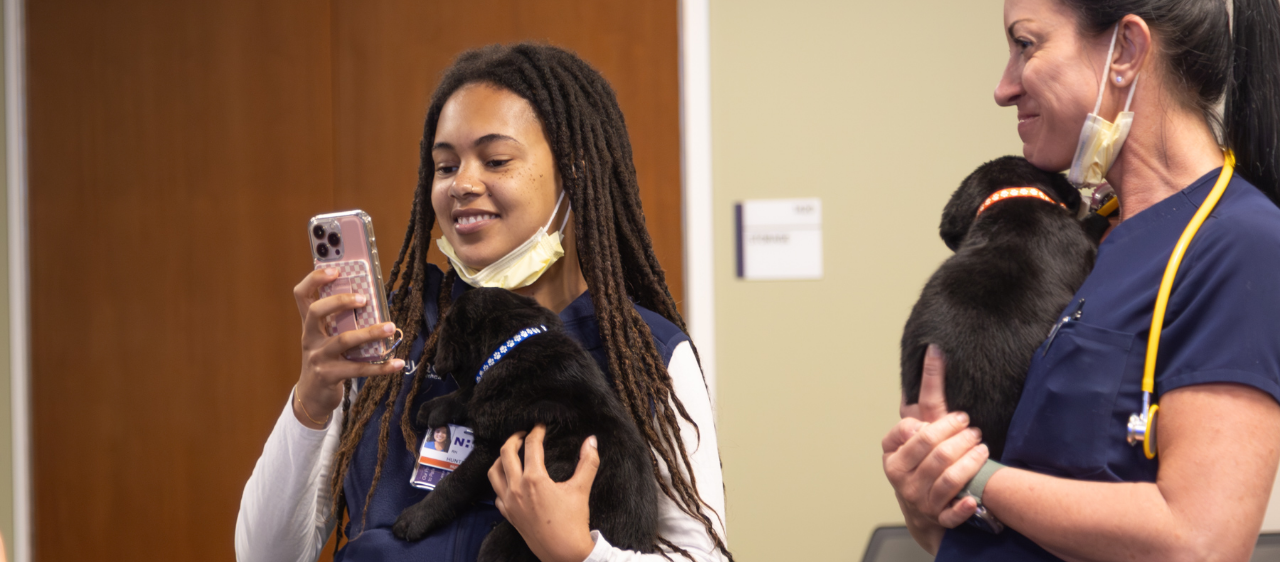
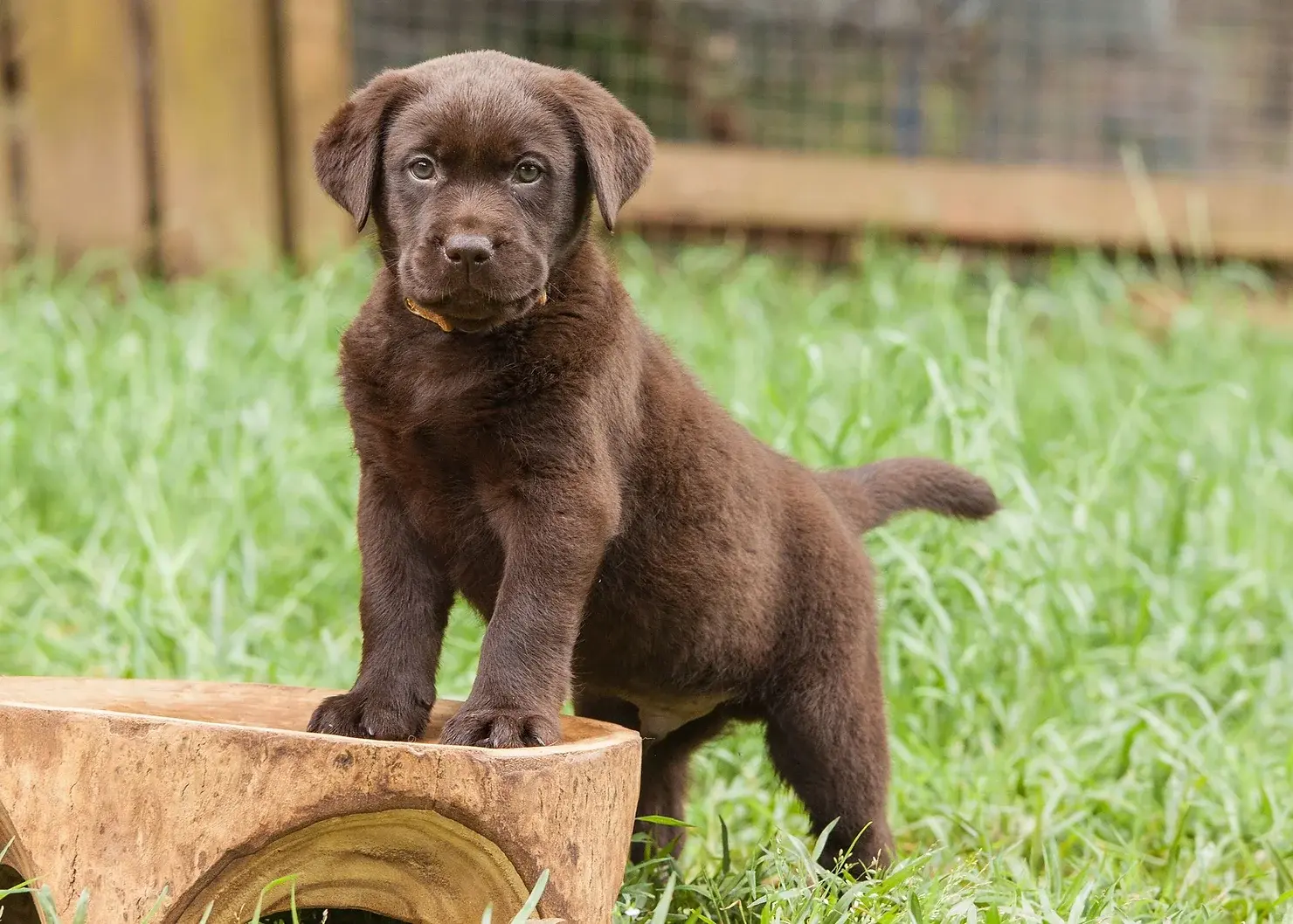

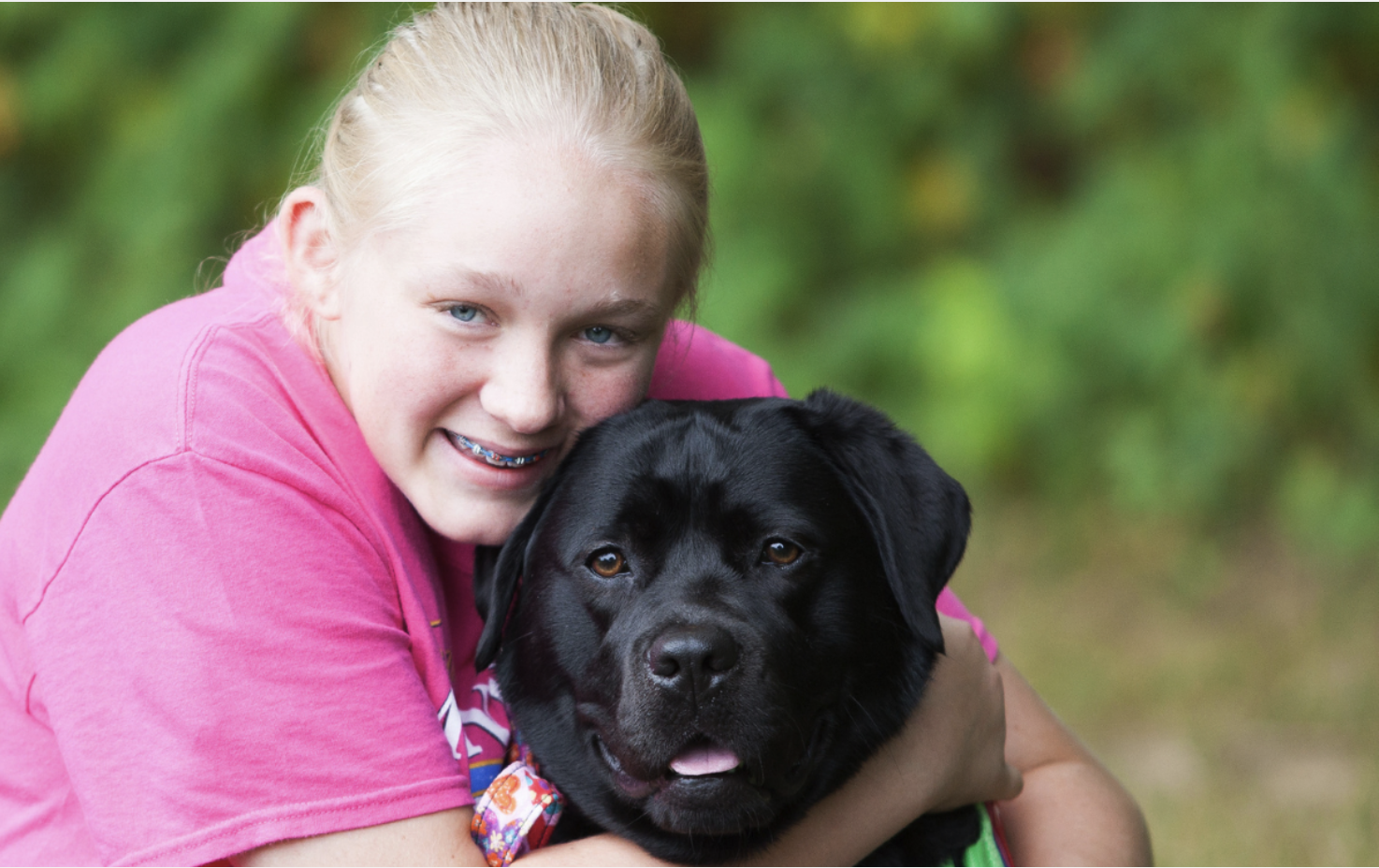
Post a comment